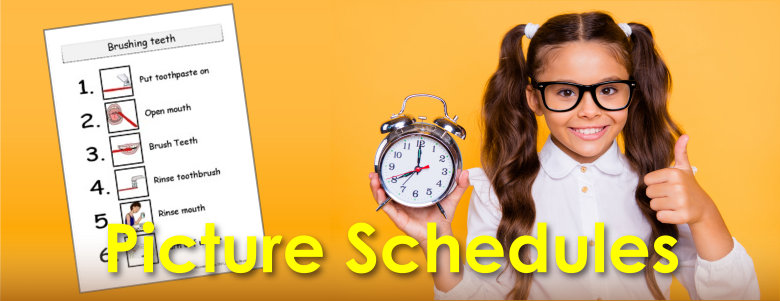
Picture Schedules - Many Styles for Many Uses.
A Picture Schedule is a series of pictures that are sequenced in an order either horizontally or vertically for a specific purpose. They can be used in many different ways. LessonPix provides users many types of picture schedules to meet a variety of needs. Users can choose from over 50,000 images or upload their own pictures touse within their custom schedule. This "Picture Schedule" material allows 2 to 10 images in the schedule.
Here are some examples of Picture Schedule that LessonPix offers. Click on the picture for a pdf file free sample.
1. Sequence Schedules: Sequence Schedules shows 2- 6 pictures under boxes labeled with ordinal numbers above. Students or Adults can cut out the pictures and glue to sequence the pictures in a order.
This can be used to sequence story details, event sequence, or plan tasks. (First I will play legos, then write, and last watch TV.) It may be used as a worksheet activity to go with a lesson such as recalling a field trip or a science experiment. Here is a free sample with details of the story, The Lion and The Mouse.
Sequence Schedule: Lion and Mouse
2. Strip Schedule: A Strip Schedule shows 2 to 6 pictures in a series with a title above. This sequence is repeated 2 or 3 times - in case you need more copies of the schedule. This can show a sequence of simple tasks, the breakdown of a task, or the order of events. This versitile material can be used in so many ways. For example, the Strip Schedule may be displayed near sinks to show steps in washing hands. The Strip Schedule may be placed on a desk with visual cues for attending (looking eyes, hands to self, raise hand, etc). A group of students may receive an individual list with specific activities in different sequences to allow cooperative learning groups that change as the groups change to the next activity. Morning tasks for a child with Autism may be placed in the child's bathroom for visual reminders.
Strip Schedule: I go potty by myself
3. Checklist Schedule: A Checklist Schedule shows pictures and words listed vertically with a checkbox in front of each item. This schedule allows the person (students or possibly geriatric adults with dementia) to check off when each item in the schedule is complete. This format can be used in many ways. It can be used in a dramatic play center to take orders in playing restaurant. It can be used as a behavior list for a child to demonstrate each task is complete such as chores or homework. It can be a shopping list, ingrediends, or scavenger hunt. During a family night at school, the student may use the checklist as they show their parent around their classroom to see their accomplishments.
Checklist Schedule: My Morning Chores
4. Numbered Schedule: The Numbered Schedule also shows a vertical llist of picture and words, with a number rather than a checkbox in the front. Similar to the Checklist Schedule, the Numbered Schedule can be used in a variety of ways. The list may be steps in an experiment, a sequence of tasks, or a list of jobs to do. This numbered list is a great way to visually organize information and show expectations clearly.
Numbered Schedule: End of the Day
5. Writing Paper Schedule: This schedule places 1-10 picture cards on the left side of primary lined paper. Write about events in a day or details in a story. You can also show steps for expository writing or visuals for good writing habits.
6. Train and other themed Schedules: The Train Schedule is a themed horizontal schedule. The train is a great analogy often used in teaching sequence such as beginning, middle, and end. A train analogy may start with simple activities (begin climbing the ladder and end with sliding down the slide). It may progress to be used with beginning, middle and end of a story - eventually with more than one detail in the middle. It may be used with word families or phonics, noting the beginning or ending changes. It may be used with decoding and auditory discrimination to place letters or sounds at the beginning, middle, or end.
The train schedule is also a popular interest in boys, especially boys with autism. It may be used to attain desired behaviors. If the train is an area of interest for the child, tasks or parts of the day may be presented in the Train Schedule for the child to follow. When each task is completed or when good behavior is demonstrated, a sticker or stamp may be placed on the train above each picture.
The train schedule shows two identicle schedules in case a second one is needed. The second schedule may be displayed in a different location or used for a different day. Just cut or fold on the middle line for two schedules.
Train Schedule: I get ready for the day
There are a number of other theme schedules to engage students with their areas of interest: mermaid, video game, dinosaur, ducks, rainbow, video game, fish, flowers, rocket, turtle, and much more!
7. Flap Schedule: Fold this schedule in half and cut along the dotted lines to make flaps onver the schedule. This type allows you to open the flap one door at a time (as not to overwhelm with too many) and close when "all done".
8. Frame schedule: The Frame schedule is a horizontal strip schedule with a fram that slides across to showcase individual symbols. Great for drawing attention to the task at hand and fun to slide.
Whether for curriculum, social skills, behavior, task analysis, or organization, we hope you can find the schedule you need. Remember that Lessonpix members can use any of our 50,000 clip art images or upload their own for the pictures in the Picture Schedules.
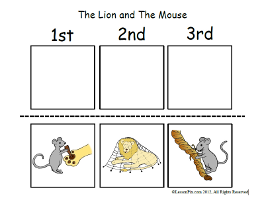
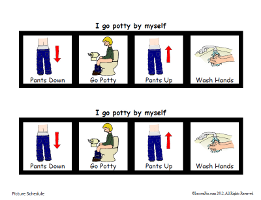
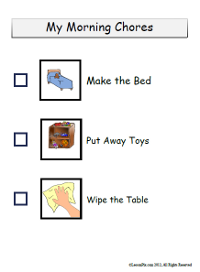
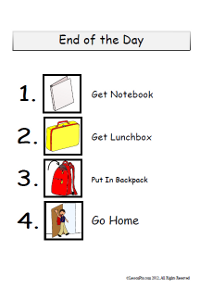
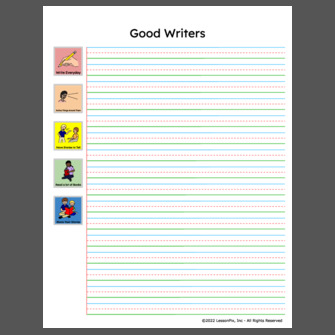
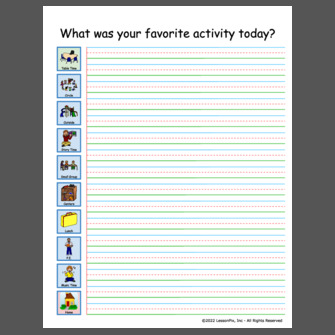

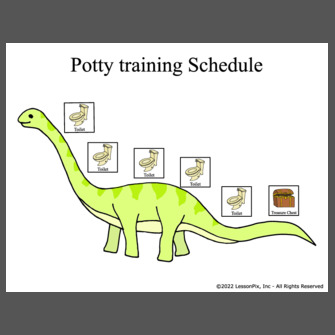
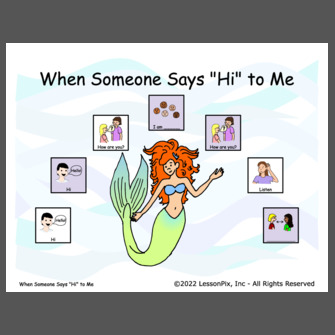
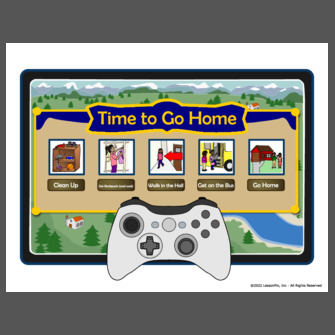
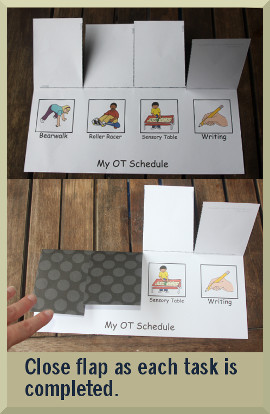

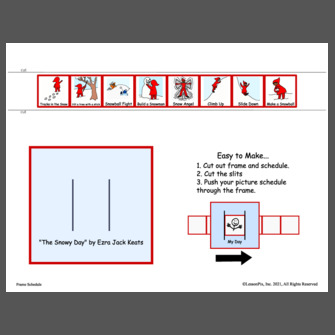
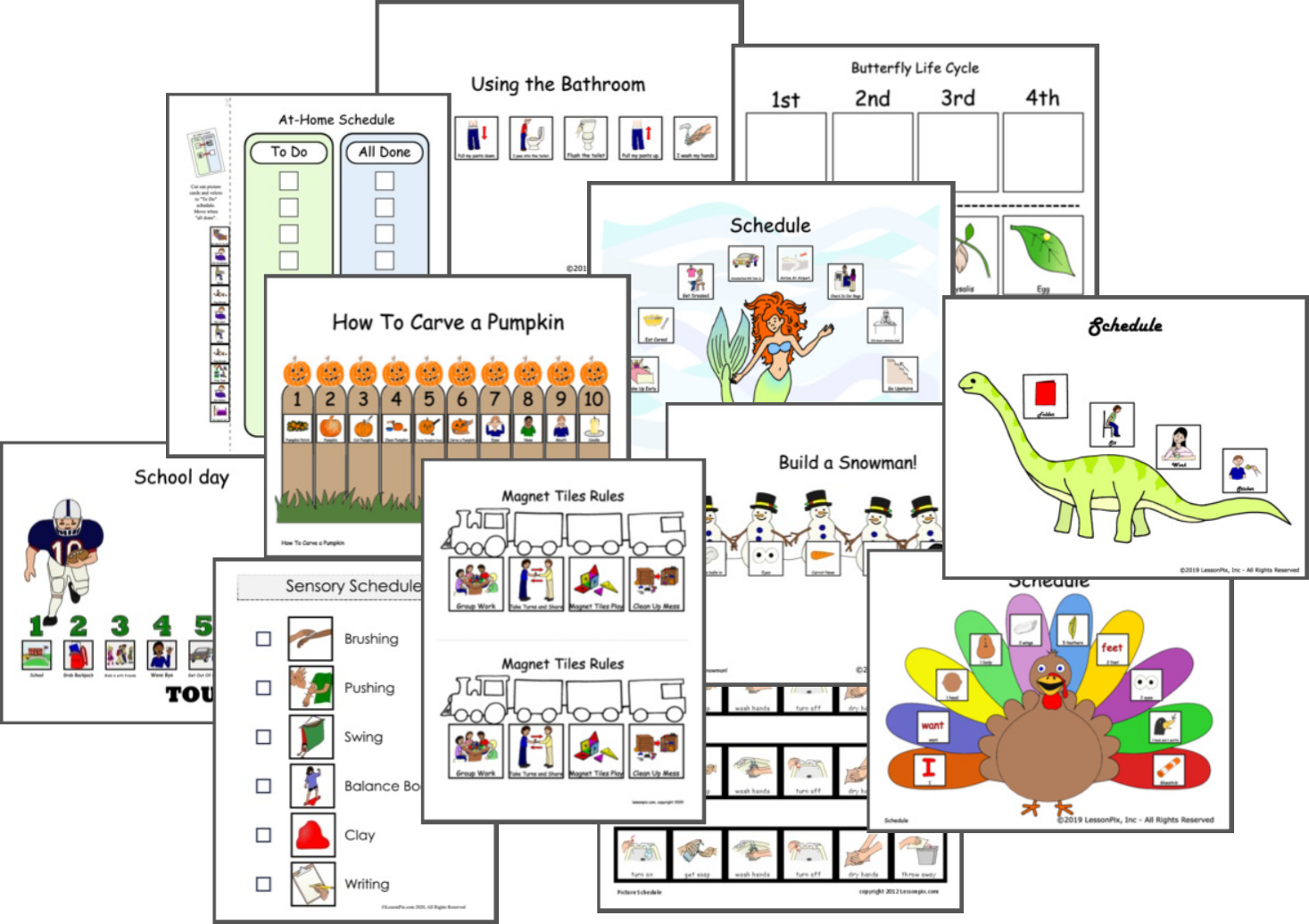
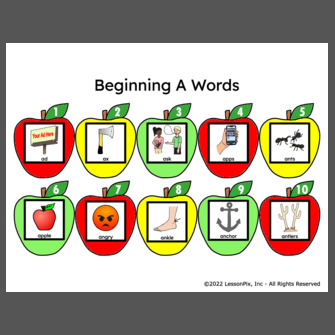
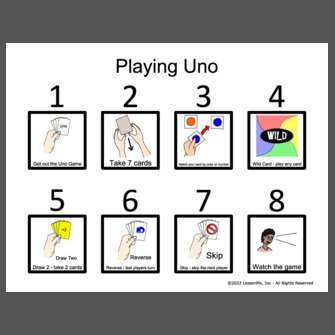
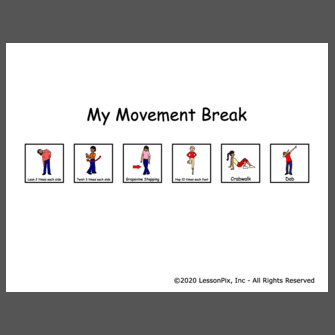
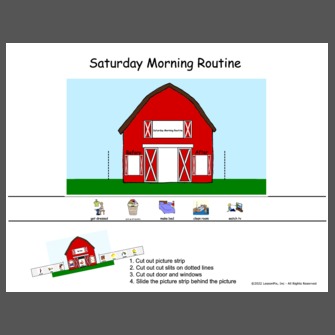
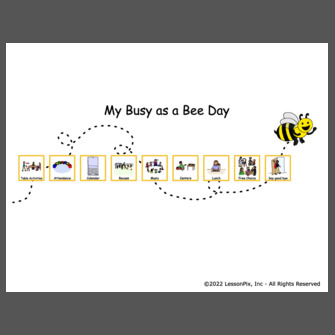
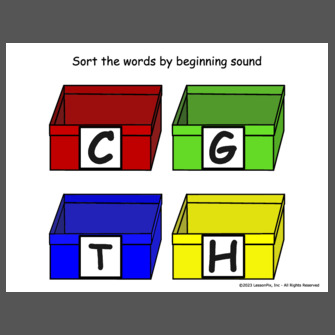
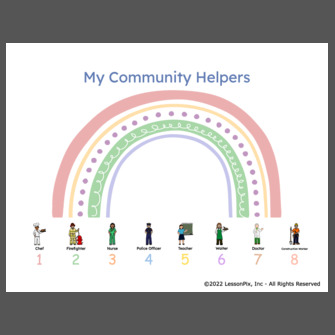
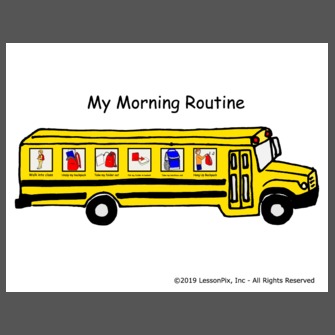
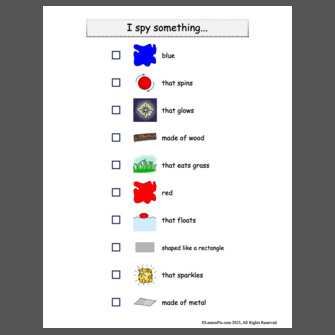
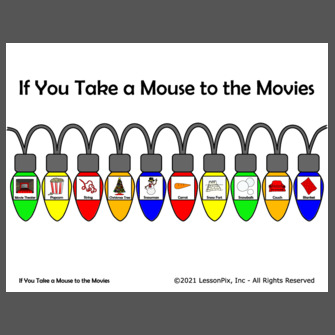
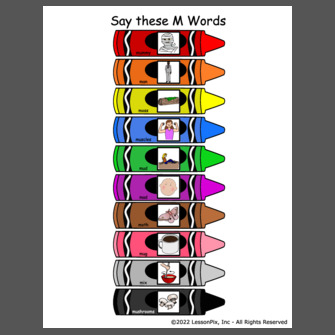
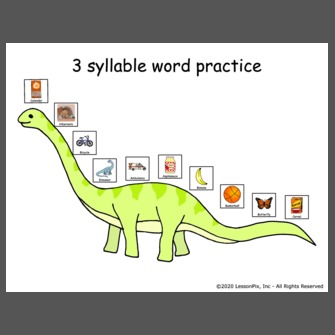
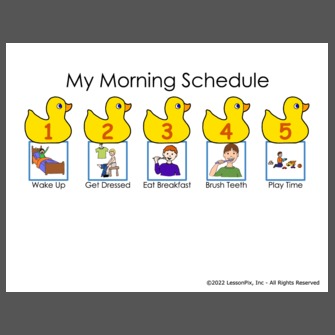
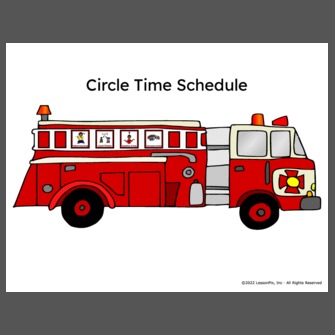
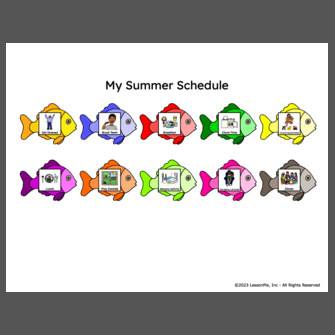
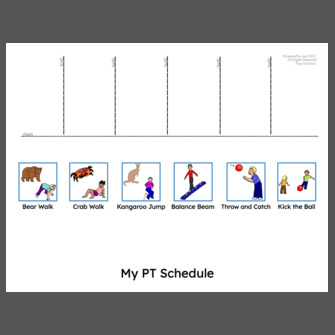
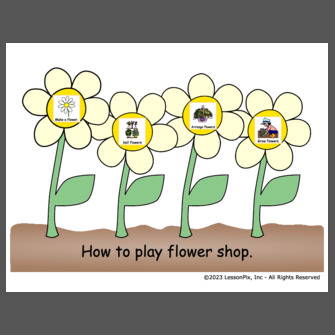
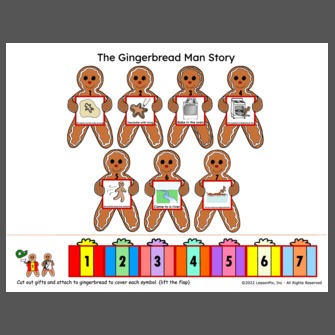
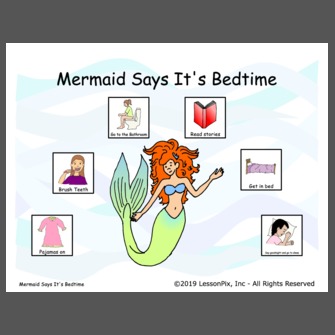
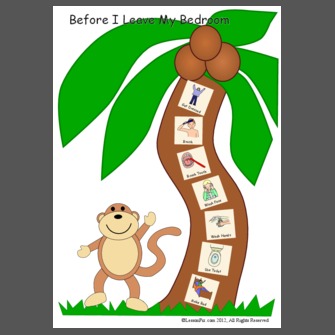
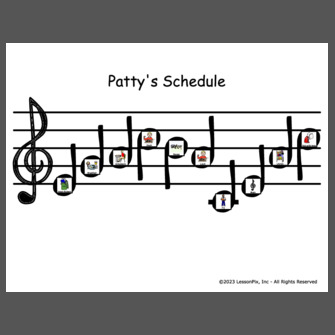
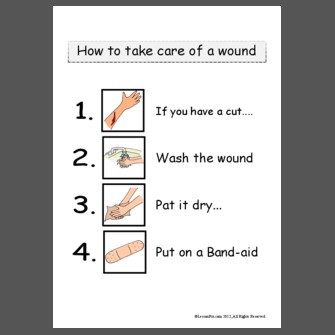
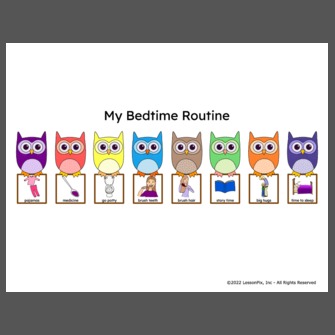
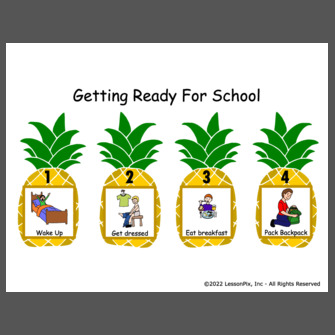
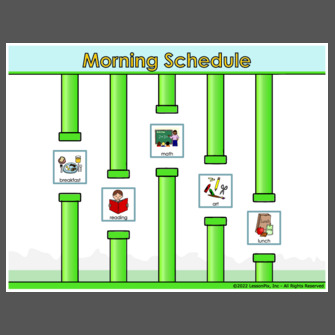
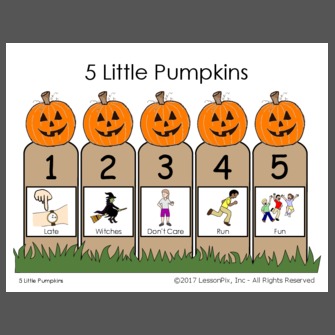


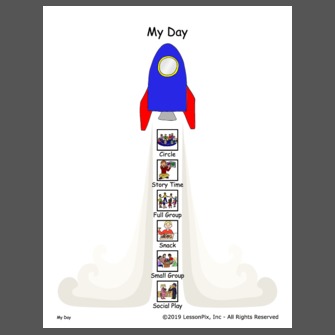
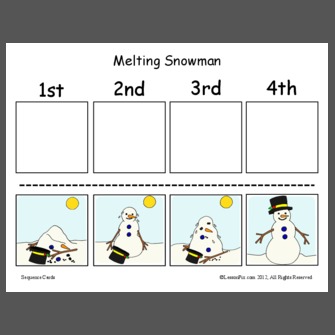
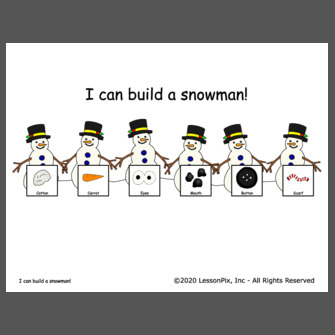
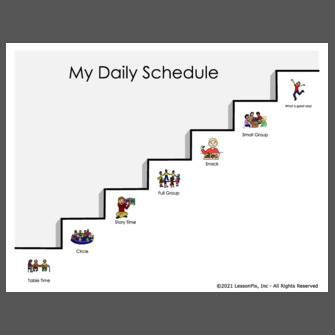

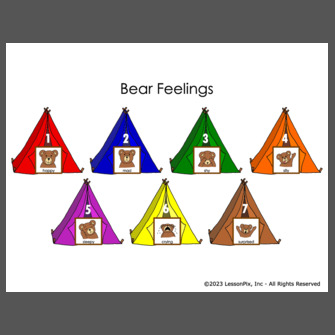
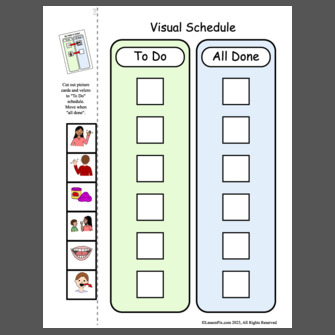
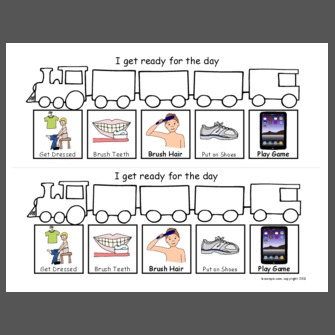

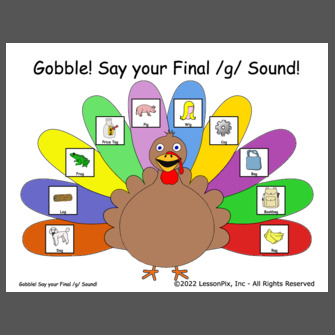
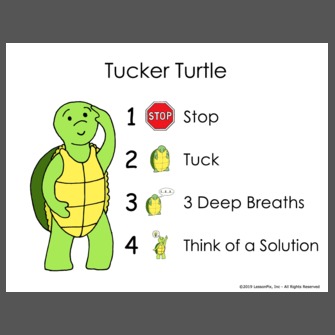
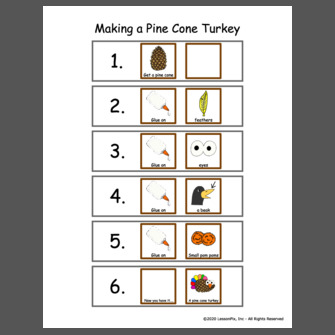

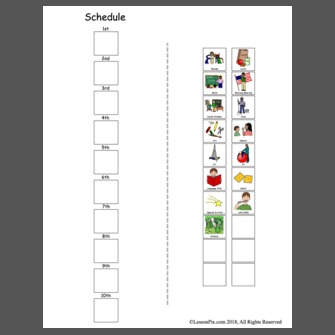
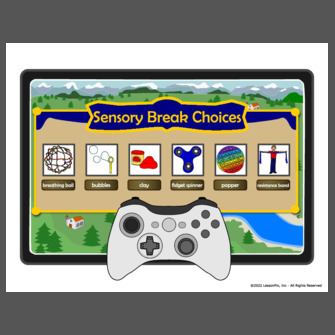
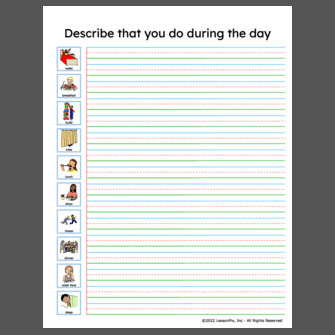

 Facebook
Facebook Twitter
Twitter Pinterest
Pinterest